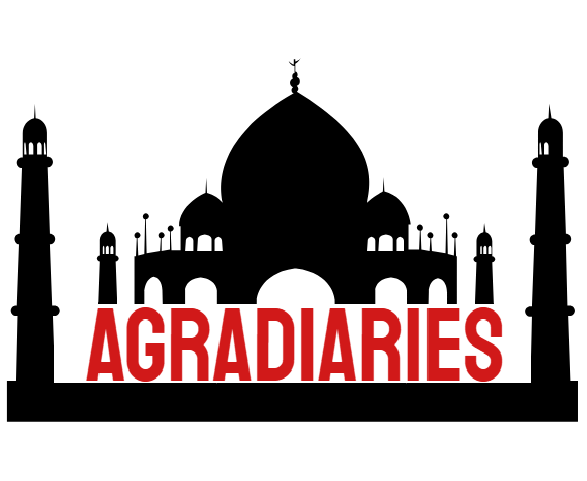Yamuna River Surpasses Danger Level Amid Heavy Rainfall
Rising Water Levels Raise Flood Concerns
The yamuna river in delhi has exceded the Danger mark, raising alarm over potential flooding in Northern India Following Significant Rainfall. Continuous water inflow from upstream barrages have been reported. According to the Central Water Commission (CWC), The Water Level Reached 204.60 Meters at the Old Railway Bridge Around 7 pm On Sunday, Surpassing the warning the warnings of 204.50 meters.
Water release from Hathnikund Barrage
The CWC Attributes The Rising Water Levels to Heavy Rainfall in the Upper Yamuna Catchment Area and Substantial Water Releases from the Hathnikund and Wazirabad Barrages. A report indicated that, considering the volume of water released from Hathnikund on August 17 and the Heavy Rainfall in the Upper Region, The Water Level at the Delhi Railway Bridge COLDGE COLDGE COLDGE 206.00 On August 19, 2025.
Warnings for Delhi Residents
The warning level for delhi is set at 204.50 meters, while the Danger Level is 205.33 meters, with evacuation procedusures commenting at 206 meters. As of Monday morning, the water level at the old railway bridge was recorded at 204.80 meters. On Sunday evening, it was approximately 204.60 meters. This Bridge Serves as a Key Observation Point for Monitoring River Flow and Potential Flood Threats. Authorities are Closely monitoring the situation and have advised all agencies to take precatationary measures in light of the anticipated Rise in Water Levels. An official from the Central Flood Control Room stated that the primary cause of the water level increase is the significant hours relations from the wazirabad and hathnikund barrages.
Current Water Release Rates
According to the flood control department, Around 58,282 Cubic Meters of Water is Being Released From The Hathnikund Barrage, Marking the Highest Rate this season. Meanwhile, wazirabad barrage is relevant approximately 36,170 cubic meters of water every hour. Typically, it takes about 48 to 50 hours for the water released from these barrages to reag. Additionally, the lower volume of water released from upstream is contributing to the rising water levels.
Improvement in Air Quality Amid Rain
Recent Rainfall has LED to a Notable Improvement in Air Quality Across delhi-NCR. Light rain on Sunday helped maintain the air quality at a ‘satisfactory’ level. The Tentral Pollution Control Board (CPCB) Reported that the 24-Hour Average Air Quality Index (AQI) was 91, a decrease from the previous day’s reading of 118, Which Fell ITO INTO INTO INTO INTO INTO INTO INTO S. ‘. The Ongoing Rain and Strong Winds Have Significantly Contributed to the Air Quality Remining in the ‘Satisfactory’ range, Marking the 53rd Such Day this year. This is the Highest Number of Satisfactory Days Recorded Since 2020 up to August 17.
Flood preparedness in delhi
The old Railway Bridge Remains a Crucial Monitoring Center for Flood Preparedness in Delhi, with all relay agencies on high alert. An official from the Central Flood Control Room Noted that Main Reason for the Rising Water Levels is the Substantiial Hourly Releases from the Wazirabad and Hathnikund Barrages. This Continuous Increase has been observed since the week Sunday.
Social media updates
#Watch Yamunanagar, Haryana | All 18 gates of the Hathinikund Barrage have been opened for the first time this season as the water level of the yamuna river rises. (17.08) pic.twitter.com/buo57Zx4FD
– News Media (@newsmedia) August 18, 2025
#Watch The water level in the yamuna river crosses the Danger Mark in Delhi.
Visuals from delhi’s loha pul pic.twitter.com/jmgzu6jvrg
– News Media (@newsmedia) August 18, 2025
